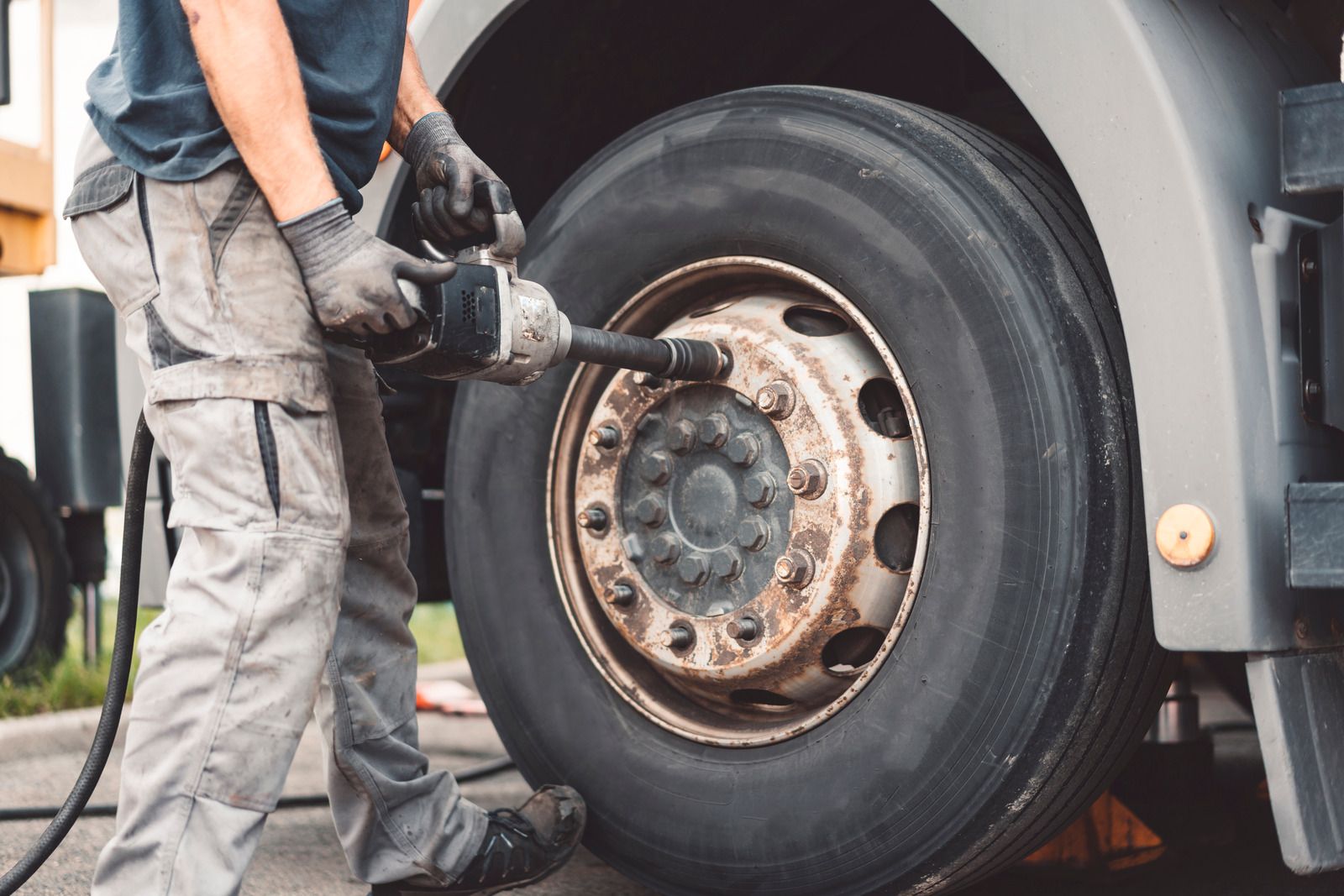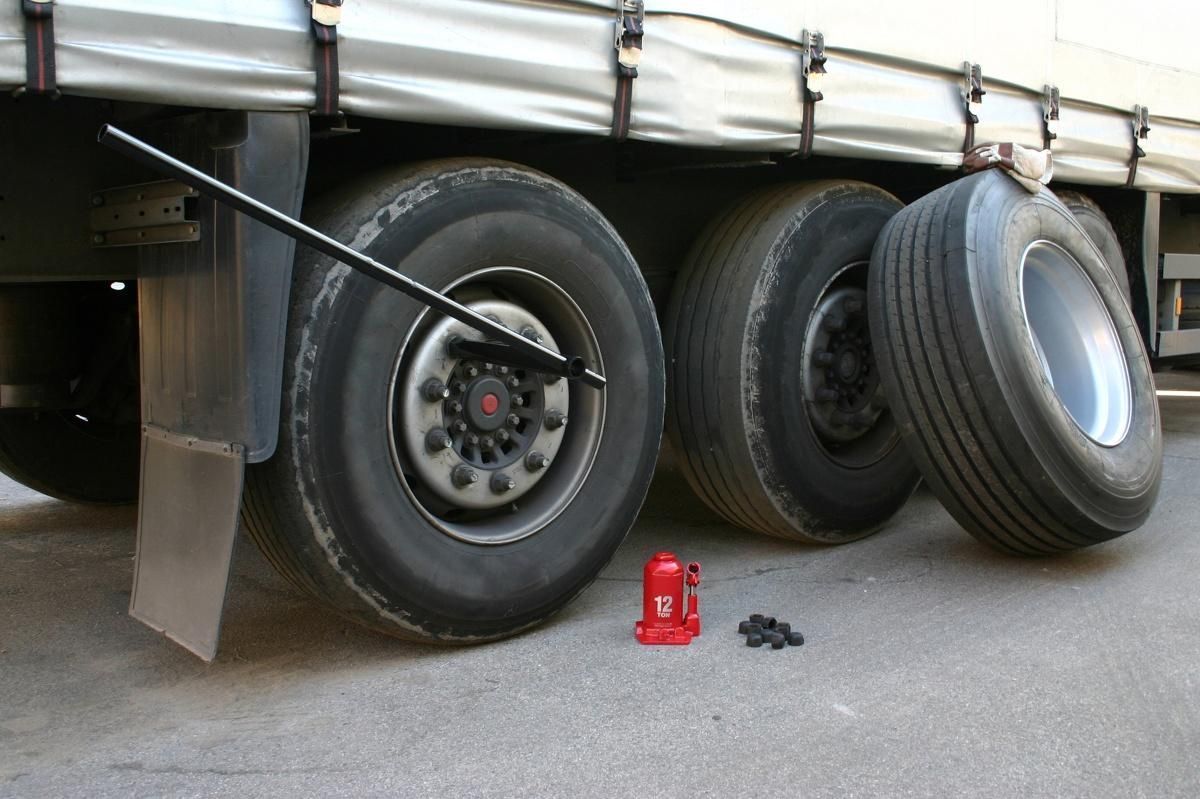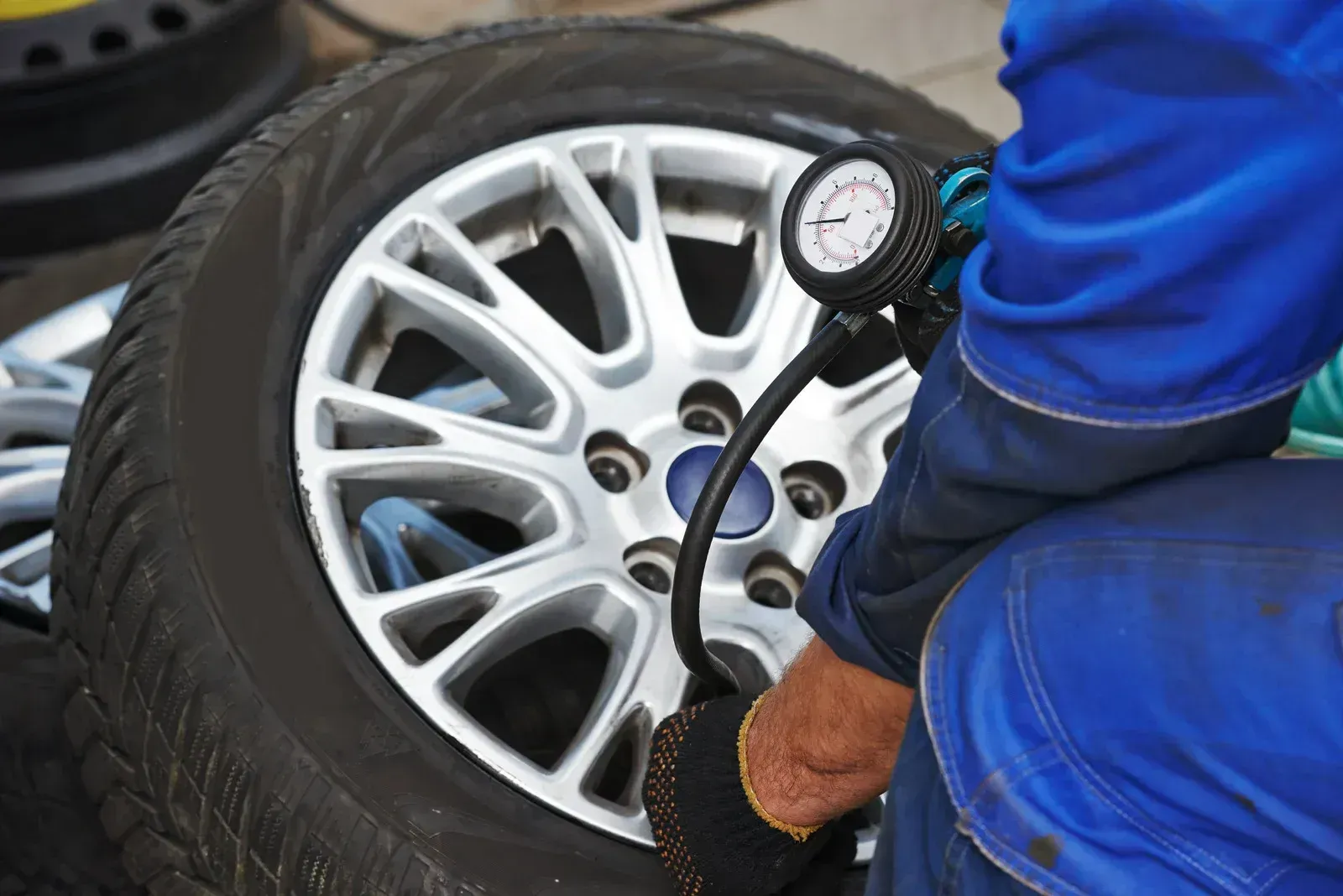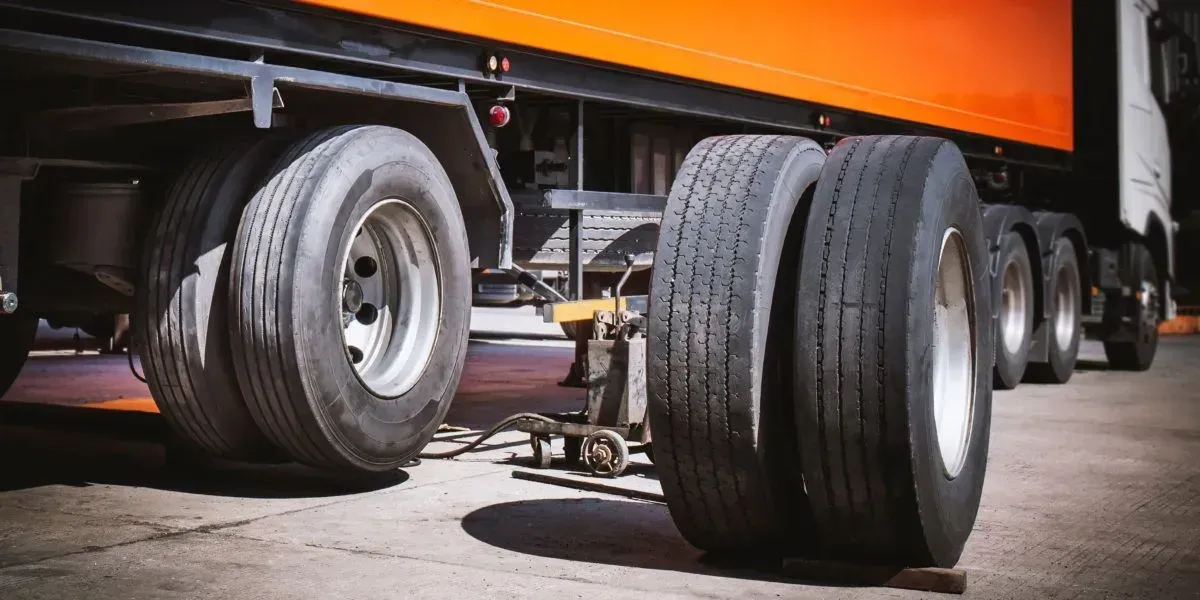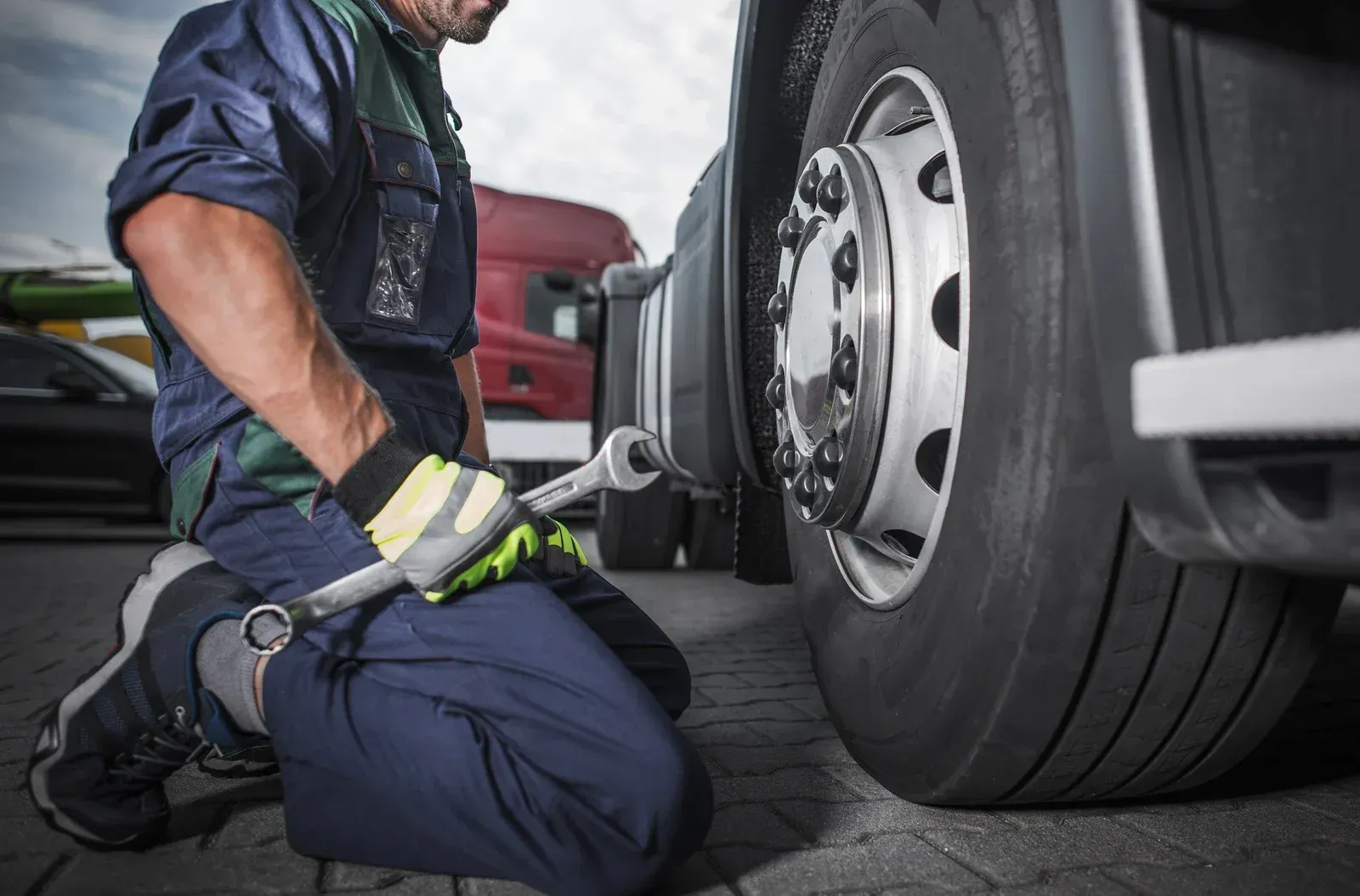Common Causes of Flat Tires and How to Prevent Them
Flat tires are among the most common and frustrating issues faced by drivers, especially those managing commercial fleets. Not only do they disrupt schedules and productivity, but they can also pose safety risks if not handled properly. The good news is that many flat tires are preventable with the right knowledge and care. From road hazards to simple wear and tear, understanding the causes can go a long way in reducing downtime. In this blog, we’ll explore the most frequent reasons tires go flat and share proactive steps you can take to avoid them.
1. Road Debris and Sharp Objects
Nails, screws, broken glass, and other sharp debris are notorious for puncturing tires. These objects are hard to spot in time and can lead to slow leaks or sudden blowouts.
Prevention Tip: Regularly inspect your tires for embedded objects and avoid driving over visibly littered or under-construction roads whenever possible.
2. Valve Stem Damage
The valve stem, though small, plays a crucial role in maintaining proper tire pressure. If it's damaged, cracked, or corroded, air can slowly leak out.
Prevention Tip: During tire inspections, don’t overlook the valve stem. Replace damaged or aging stems promptly to prevent leaks.
3. Tire Bead Leaks
A leak where the tire meets the rim—known as a bead leak—is common, especially in older or poorly maintained tires. Corrosion on the rim can break the seal, causing air loss.
Prevention Tip: Ensure your wheels are cleaned and maintained, especially if you live in an area prone to moisture or road salt. Regular maintenance can help identify and seal bead leaks early.
4. Over or Under-Inflation
Improper tire pressure is a silent tire killer. Overinflated tires are more prone to blowouts, while underinflated tires wear out faster and generate more heat, increasing the risk of flats.
Prevention Tip: Check tire pressure weekly, especially before long hauls. Use a reliable tire gauge and follow manufacturer-recommended PSI levels.
5. Worn or Aged Tires
Old tires with worn-out tread are more vulnerable to punctures and structural failure. The less tread you have, the more the risk you take on the road.
Prevention Tip: Rotate your tires regularly and replace them as soon as tread wear indicators become visible or they reach the end of their recommended lifespan.
6. Impact Damage from Potholes and Curbs
Sudden hits from potholes or scraping against curbs can lead to sidewall damage or internal tire failure.
Prevention Tip: Drive cautiously on rough roads and maintain a safe distance to avoid sudden pothole surprises. Slow down when terrain conditions change.
Rely on Trusted Tire Experts for Long-Term Protection
Flat tires may seem inevitable, but with proper knowledge and preventive care, you can dramatically reduce their occurrence. Keeping your tires healthy not only extends their lifespan but also protects your drivers and cargo on the road. With over 40
years of experience, Fleet Truck Tires
in Bristol, VT, offers
expert tire inspections, maintenance, and replacements tailored to fleet needs. Our dedicated team understands the importance of safety, reliability, and uptime. When it comes to keeping your fleet tires in top shape, trust the professionals who’ve been doing it right for four decades.
